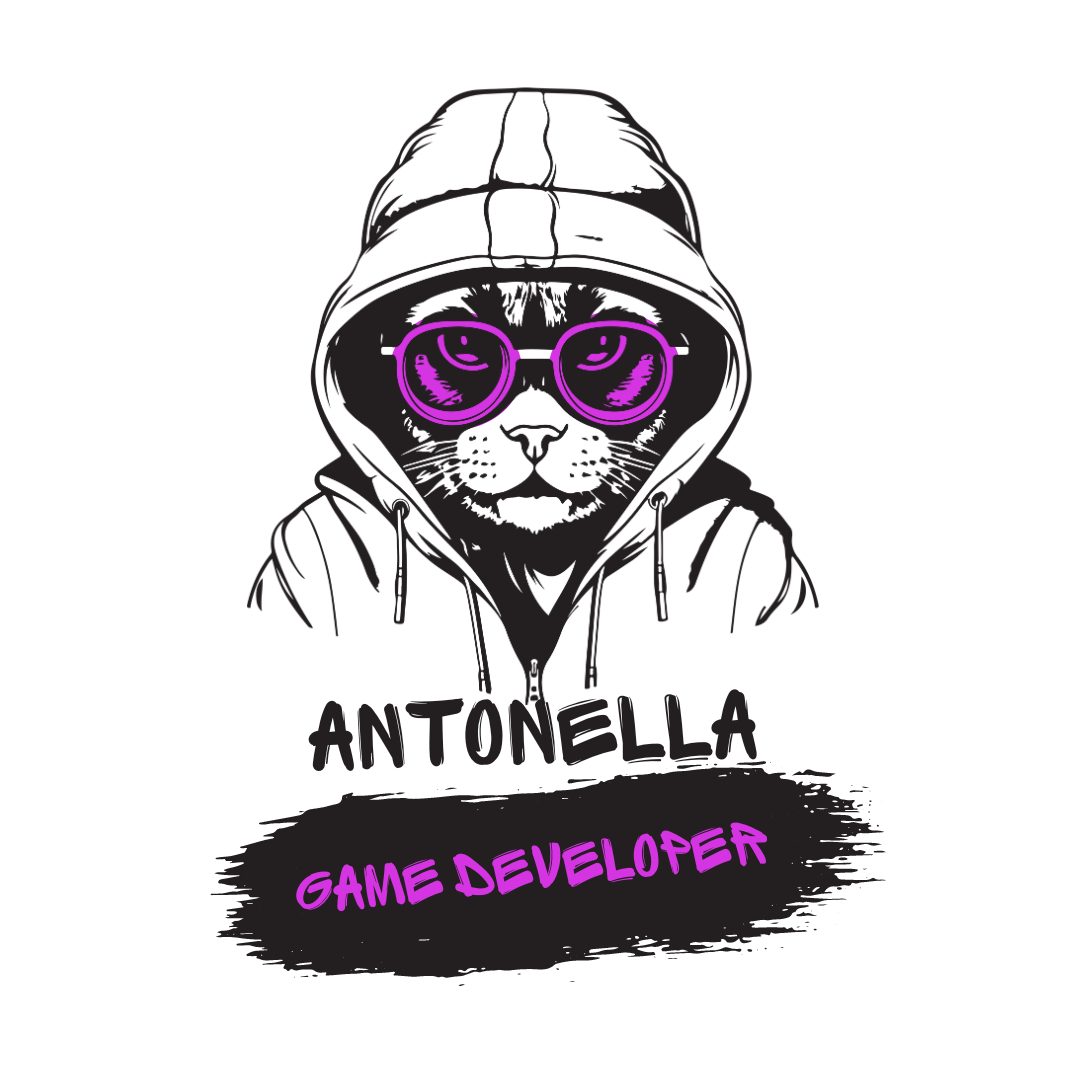If you’re passionate about video games and have always dreamed of making your own, chances are you’ve come across the term Game Jam. But what exactly does it mean? A Game Jam is a creative event where developers, designers, artists, musicians, and storytellers come together to craft a video game within a very short timeframe, often 24 or 48 hours. These intense sessions are an incredible opportunity to explore new ideas, collaborate with like-minded people, and hone your skills.
Game Jams have become an integral part of the gaming world, offering a unique environment for experimentation and learning. Whether you’re an experienced developer or just starting out, participating in a Game Jam is an exciting and enriching experience.
A Collaborative Journey
At its core, a Game Jam is a celebration of teamwork. Participants typically form small groups, often on the spot or online, combining a variety of skills such as programming, art, music, storytelling, and game design.
This mix of talents creates a dynamic environment where ideas flow freely and creativity thrives. Everyone brings their perspective, expertise, and energy to turn a concept into a working game. It’s also a fantastic opportunity to learn from others, discover new tools, and step outside your comfort zone.
With the tight deadlines that define a Game Jam, efficiency and quick decision-making are crucial. There’s no room for endless debates—progress takes precedence over perfection.
The Power of a Theme
Every Game Jam begins with the reveal of a theme. This theme serves as the foundation for all the games created during the event. It might be a single word, a phrase, or an abstract concept designed to spark creativity.
The theme isn’t meant to limit participants but to inspire them. It can be interpreted in countless ways, leading to a diverse range of games that showcase the ingenuity of their creators.
More Than Just Code
While programming is a key part of game development, a Game Jam is about much more than writing lines of code. Creating a video game involves building a cohesive experience that combines visuals, sound, gameplay, and storytelling.
Artists create characters and environments, giving the game its visual identity. Musicians and sound designers compose soundtracks and effects that bring the world to life. Game designers focus on mechanics and balance, ensuring the game feels intuitive and enjoyable.
Each element plays a crucial role in shaping the final product, which is often rough around the edges but brimming with potential.
A Playground for Experimentation
One of the most rewarding aspects of a Game Jam is the freedom to experiment. Here, the goal isn’t to create a polished or commercially viable product. Instead, it’s about exploring bold ideas, testing unconventional mechanics, and pushing creative boundaries.
This environment encourages risk-taking and innovation. Many games born from Game Jams stand out for their unique mechanics or artistic styles, ideas that might not have emerged in traditional development settings.
Some prototypes created during these events even evolve into fully developed projects that eventually reach the market.
A Global Phenomenon
In recent years, Game Jams have grown into a global movement. Events like the Global Game Jam, Ludum Dare, and GMTK Game Jam attract thousands of participants from around the world. Online platforms make it possible for developers from different cultures and backgrounds to collaborate and share their creations.
At the same time, smaller, local, or themed Game Jams are becoming increasingly popular, providing opportunities to connect with specific communities or explore niche topics.
This global reach not only enriches the creative landscape but also reinforces the sense of belonging to a vibrant, passionate community.
Beyond the Finished Product
Participating in a Game Jam isn’t just about finishing a game. It’s about the process: learning, experimenting, and connecting with others. Each participant walks away with something valuable—new skills, memorable experiences, and a deeper appreciation for game development.
Failure is part of the journey, and not every game made in a Game Jam works as intended. That’s okay. Every misstep is a lesson that helps you grow and improve for the next time.
Getting Started
If you’ve never joined a Game Jam, it’s easier to get started than you might think. There are events for everyone, from local gatherings to global competitions, and many welcome beginners. You don’t need to be an expert programmer or artist—what matters most is your enthusiasm and willingness to contribute.
Prepare to step outside your comfort zone, learn on the fly, and collaborate with people who share your love for games.
Ultimately, a Game Jam is more than just a technical challenge. It’s a moment to create, share, and celebrate the art of game development. So the next time you hear about a Game Jam, don’t hesitate—jump in and experience the joy of crafting a game with your own hands. You never know where it might lead you, but one thing is certain: you’ll come out of it inspired, enriched, and ready for more.






